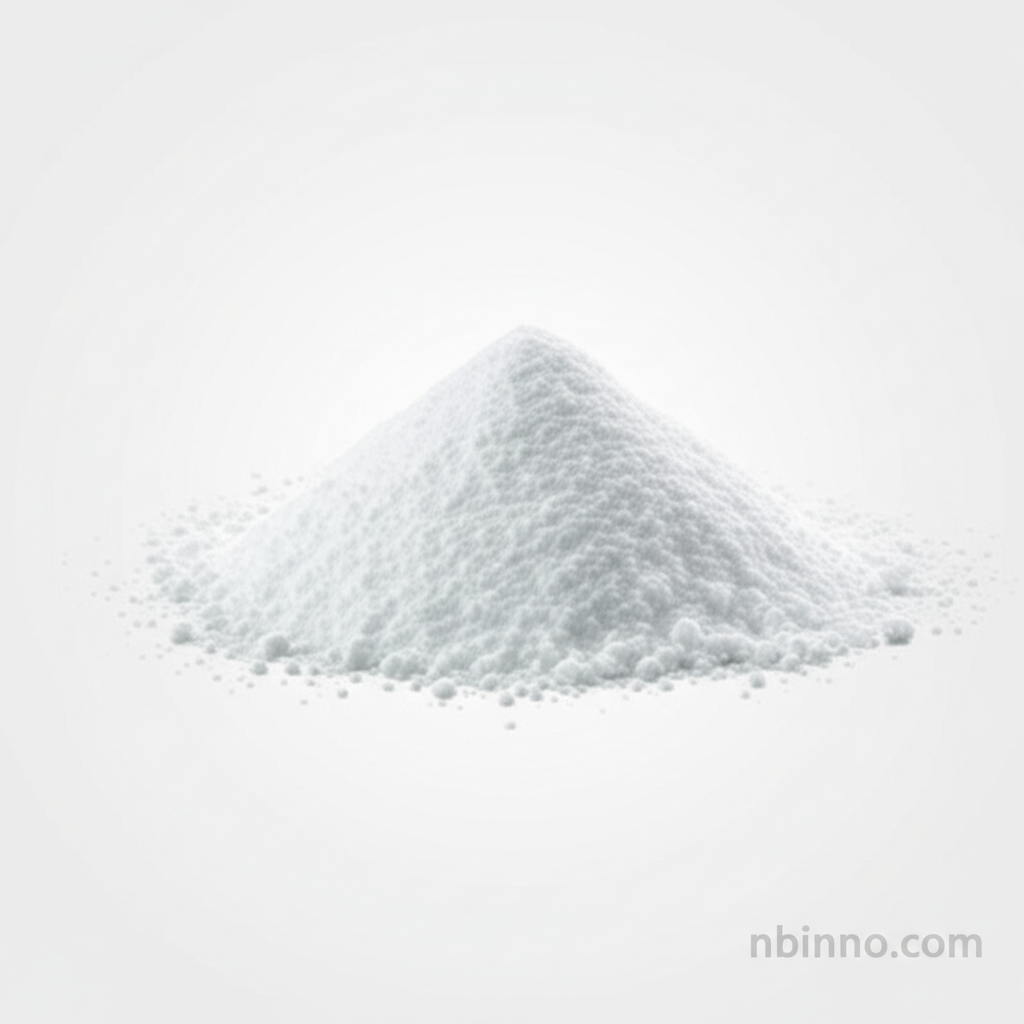Unlock Brighter Materials: The Comprehensive Guide to 7-Diethylamino-4-methylcoumarin's Applications
Explore the vibrant world of fluorescence with a deep dive into a key coumarin derivative.
Get a Quote & SampleProduct Core Value

7-Diethylamino-4-methylcoumarin
This remarkable fluorescent dye offers exceptional photophysical properties, making it indispensable across diverse scientific and industrial landscapes. Its ability to emit bright, stable fluorescence under UV light underpins its utility.
- Discover its strong fluorescence intensity and remarkable photostability, essential for precise fluorescence detection and imaging in scientific research.
- Learn how this coumarin derivative's sensitivity to pH changes allows it to function as a valuable pH-sensitive fluorescent probe in various sensor applications.
- Explore its role as an optical brightener, enhancing the visual appeal of textiles, coatings, plastics, and more.
- Understand its potential in advanced fields like organic electronics for OLED development, contributing to next-generation displays.
Key Advantages
Versatile Fluorescent Probe
The distinct photophysical properties of 7-Diethylamino-4-methylcoumarin make it a versatile tool, particularly for fluorescence microscopy, enabling clearer visualization of biological samples and aiding in cellular biology research.
Advanced Sensor Development
Leveraging its sensitivity to pH and chemical stability, this coumarin derivative is crucial in developing fluorescence-based sensors for real-time environmental monitoring and detection of specific analytes.
Enhanced Material Brightness
As an optical brightener, it effectively offsets yellowness and imparts a whiter appearance to polymers, plastics, coatings, and textiles, significantly improving their aesthetic qualities.
Key Applications
Fluorescence Microscopy
Used to tag cellular components, enhancing the clarity and contrast of biological samples for in-depth study.
Fluorescence-Based Sensors
Enables the development of sensors for environmental parameters like pH and the detection of specific molecules due to its sharp emission spectrum.
Organic Electronics (OLEDs)
Investigated as a component in OLEDs to improve light-emitting efficiency, contributing to more vivid and energy-efficient electronic displays.
Photodynamic Therapy (PDT)
Employed in cancer treatment, where its light activation generates reactive oxygen species to selectively destroy cancer cells.
